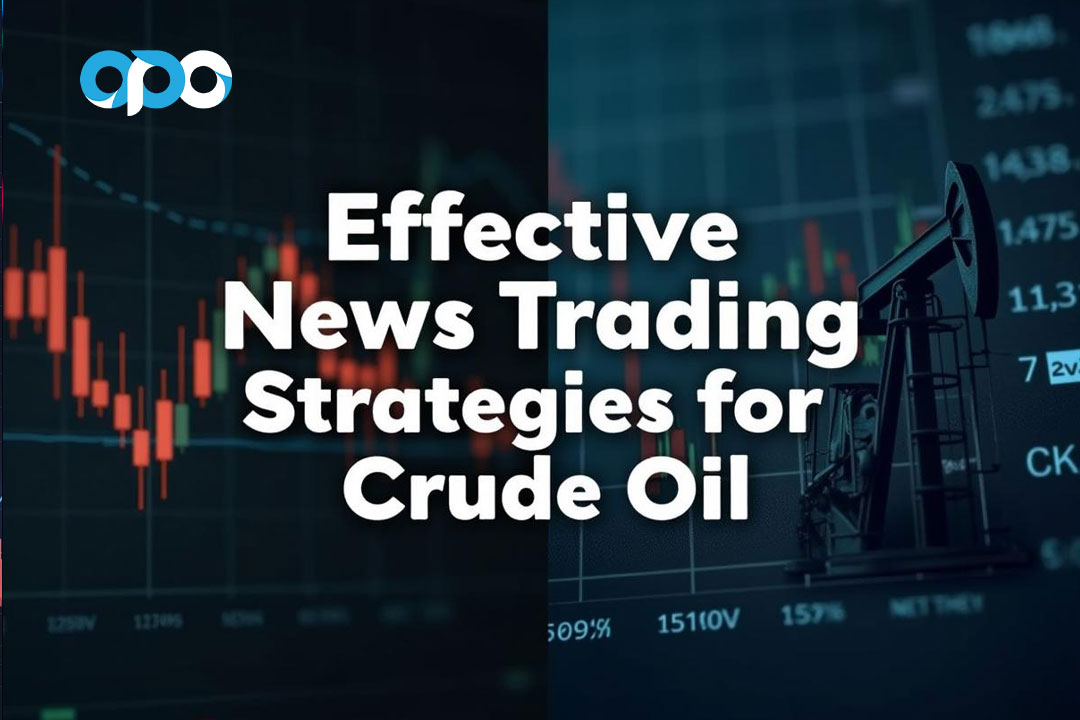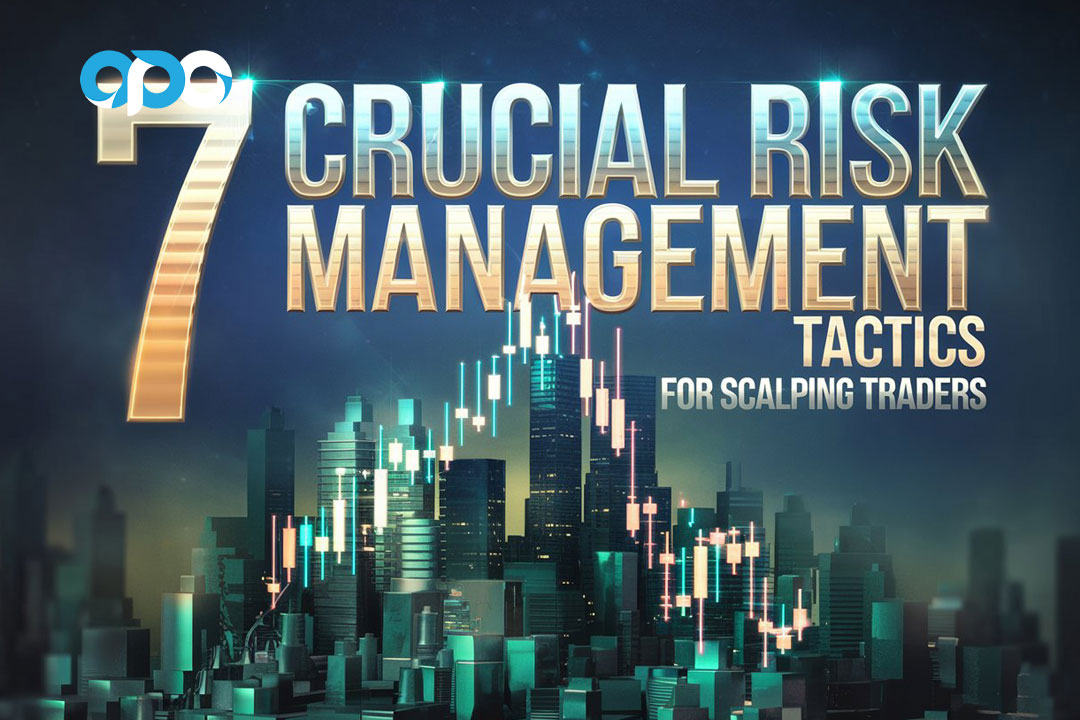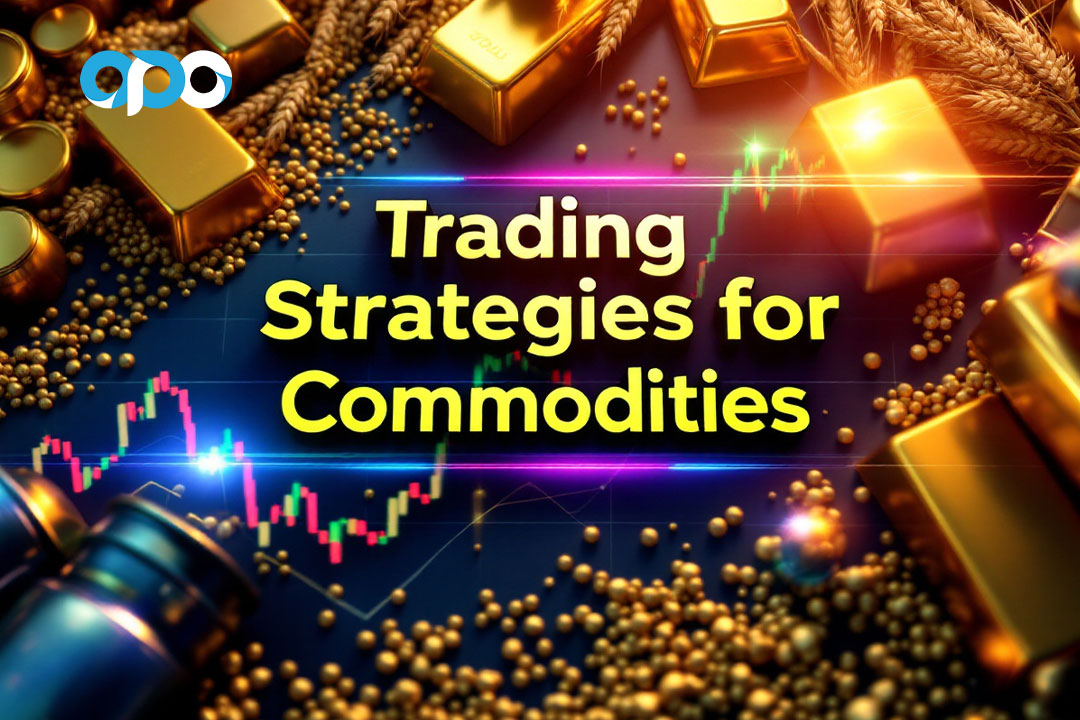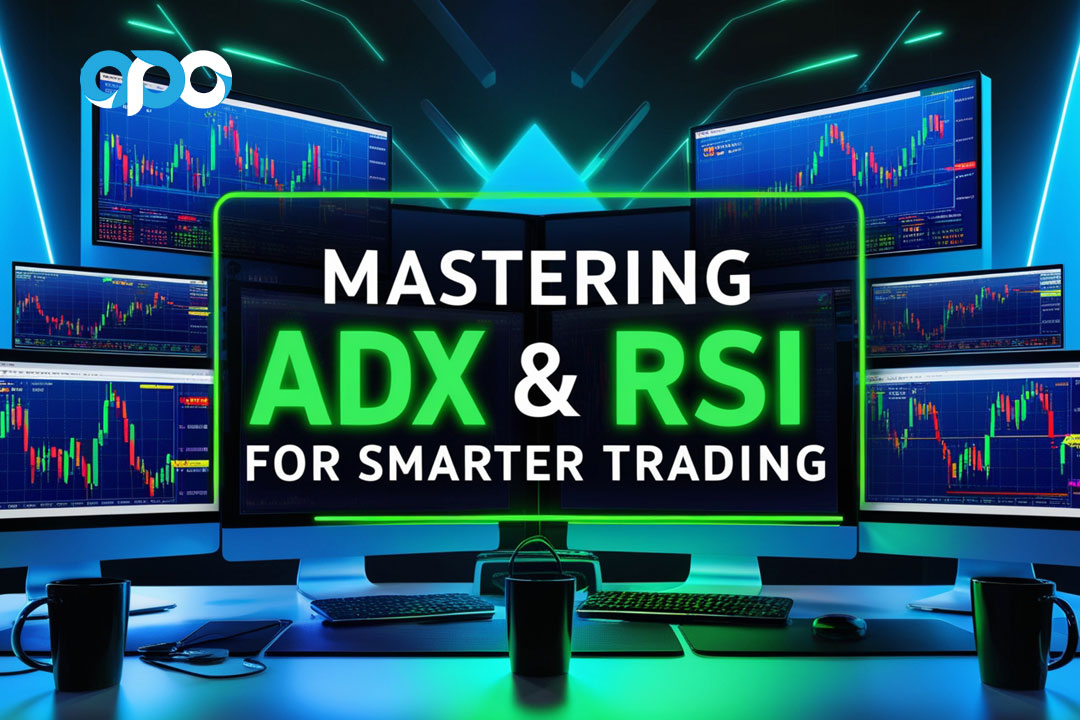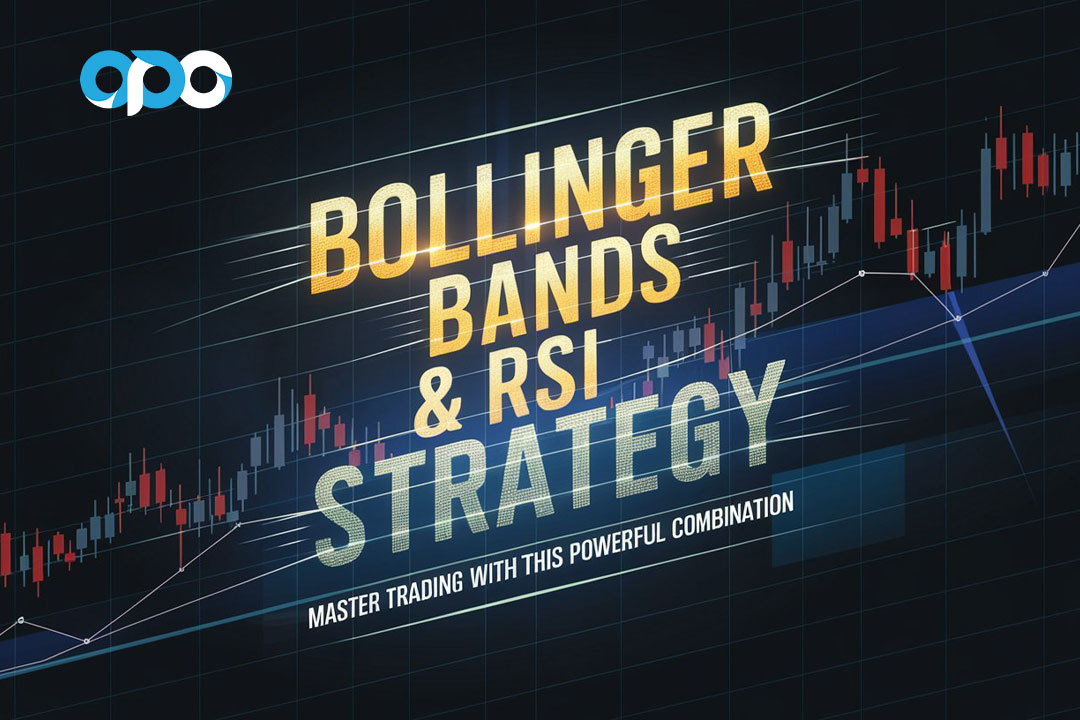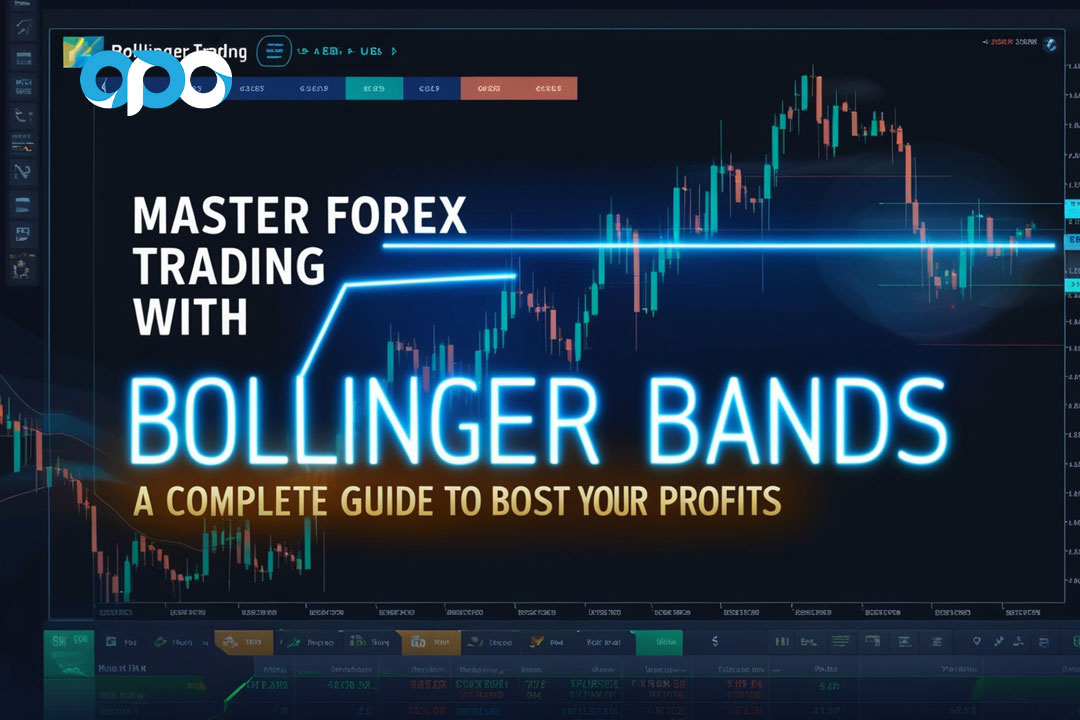Crude oil plays a pivotal role in the global economy, acting as the lifeblood of industries ranging from transportation to manufacturing. This essential commodity is highly sensitive to market forces, and its price is significantly impacted by geopolitical events, supply and demand dynamics, and macroeconomic indicators. Understanding how to trade crude oil news can provide traders with opportunities to capitalize on rapid price movements, especially during significant news events. This article will guide you through the key strategies involved in trading crude oil news, focusing on a combination of fundamental analysis, technical analysis, and sentiment analysis to navigate these often-volatile market conditions.
Crude oil price movements, driven by news, offer unique trading opportunities, and with the right strategies, traders can exploit these price fluctuations. Whether you’re an experienced trader using a regulated forex broker or just starting out, learning how to trade news-driven events in crude oil markets will elevate your trading game and give you an edge in one of the most dynamic markets. By mastering these tactics, you can navigate news trading more effectively, managing risk while maximizing potential rewards.
Understanding News Impact on Crude Oil
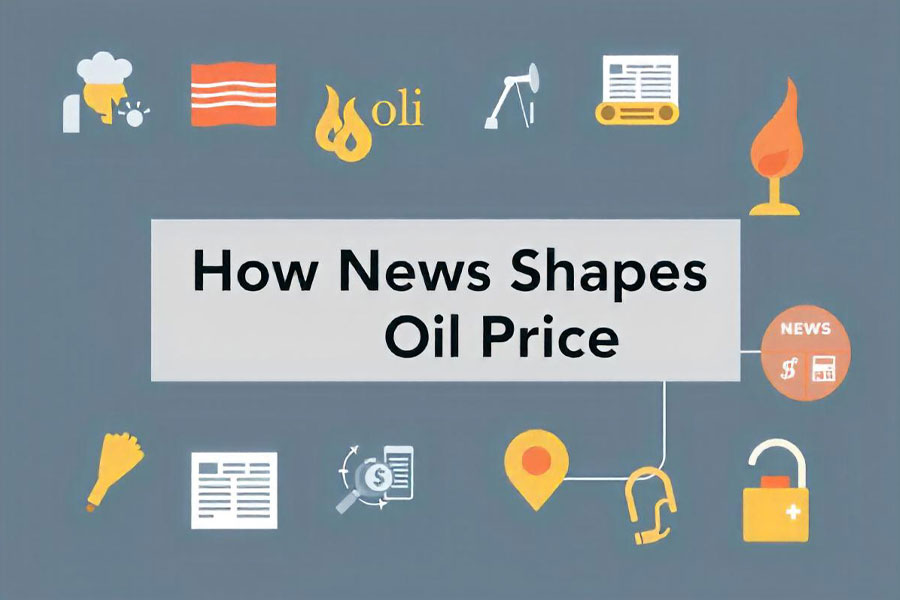
Fundamental Analysis
Fundamental analysis provides the foundational knowledge required to understand the economic, political, and supply-related forces affecting crude oil prices. Traders should monitor the following critical factors:
Key Economic Indicators
The global economy’s health directly influences oil demand. Gross Domestic Product (GDP) growth, inflation rates, and employment data all offer vital insights into the potential future demand for crude oil. A booming economy suggests increasing energy consumption, pushing crude oil prices higher. In contrast, indicators of economic slowdown, such as rising unemployment or lower industrial output, signal a reduction in demand, potentially causing prices to decline.
For example, strong GDP growth in the United States or China — two of the largest oil consumers — is a bullish indicator for oil traders, as it signals higher energy usage. On the other hand, rising inflation can curb consumption, as higher prices for goods reduce the need for energy. Inflation-induced slowdowns can weigh down oil demand and contribute to falling prices.
Geopolitical Events
Crude oil is often affected by geopolitical developments. Conflicts, wars, political instability, and sanctions can significantly alter oil supply chains, leading to price volatility. For instance, sanctions on Iran’s oil exports dramatically reduced supply, pushing global oil prices higher. Similarly, instability in oil-rich regions like the Middle East frequently triggers sharp movements in oil prices, offering both risks and opportunities for traders.
Traders need to stay vigilant during such events, as even rumors of political instability or tensions between oil-producing nations can affect market sentiment. For example, an unexpected supply disruption from an OPEC member could drive prices higher within minutes of the news breaking.
Supply and Demand Factors
Oil prices follow the basic laws of supply and demand. OPEC decisions regarding production quotas, alongside inventory reports from the Energy Information Administration (EIA), can significantly impact supply expectations. If OPEC announces cuts in oil production, the resulting supply constraint can lead to higher prices. Conversely, reports of rising oil inventories may suggest weaker demand, resulting in lower prices.
One key example is when OPEC+ decided to cut production in early 2020 during the COVID-19 pandemic to stabilize crashing oil prices. This decision triggered a short-term price recovery and demonstrated the organization’s power to influence prices through coordinated actions.
Technical Analysis
Technical analysis complements fundamental data by helping traders spot entry and exit points for their trades. It focuses on price patterns, indicators, and historical data to forecast future price movements.
Chart Patterns
Traders can use chart patterns to predict potential price reversals or continuations. Patterns like head and shoulders, triangles, and double tops/bottoms are common indicators of potential trend changes. For instance, a head and shoulders pattern could signal the end of an upward trend, while a triangle pattern might indicate the continuation of a trend. These patterns allow traders to anticipate price movements based on historical price action, making them valuable tools for crude oil news traders.
Indicators
Indicators such as the Moving Averages, Relative Strength Index (RSI), and MACD (Moving Average Convergence Divergence) are vital in identifying the momentum and strength of price movements. For example, a MACD cross-over above the signal line after a positive news event may confirm a bullish trend, while a rising RSI might indicate overbought conditions following a spike in oil prices.
Moving Averages help smooth out price data, providing a clear view of the market’s direction. Short-term moving averages can signal short-term changes, while longer-term averages, like the 200-day, are useful for identifying long-term trends.
Sentiment Analysis
Sentiment analysis measures the emotional response of traders and investors to news events, often gauging how news is affecting the broader market psychology.
Media Coverage and Public Opinion
The media plays a significant role in shaping market sentiment. A single headline about a potential supply disruption can send prices soaring within minutes, even if no actual disruption occurs. For example, speculative reports on tensions between oil-producing countries can cause market participants to react strongly, pushing prices up even before any concrete developments materialize.
Investor Sentiment and Market Psychology
In addition to media reports, investor sentiment drives price fluctuations. Positive sentiment following news of a growing economy or peace in oil-producing regions can lead to buying frenzies. Negative sentiment, on the other hand, can create panic selling and steep price drops. Understanding the prevailing market psychology enables traders to anticipate and react appropriately to market movements.
News Trading Strategies for Crude Oil: Tactical Approaches for Various Market Conditions
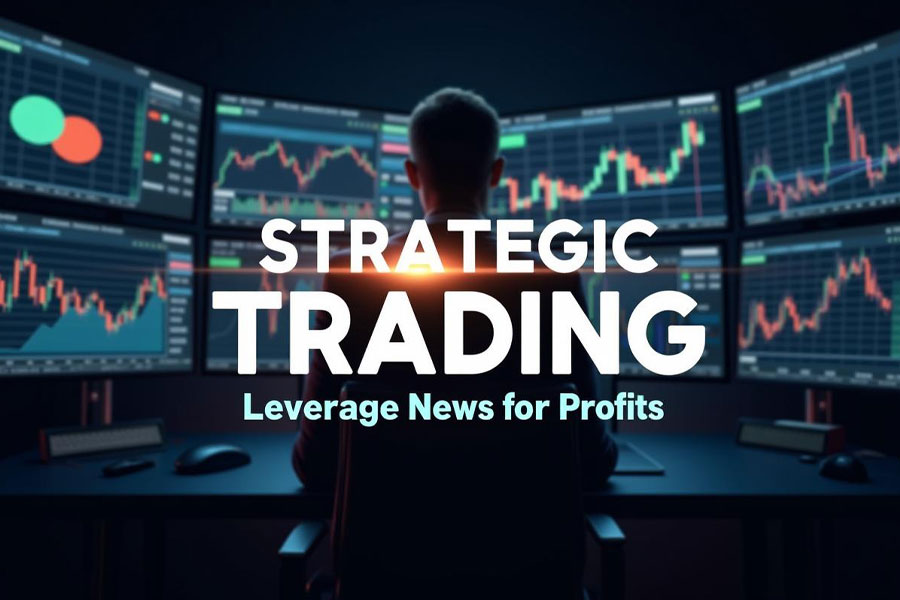
Navigating the volatile landscape of crude oil trading requires traders to be well-versed in various strategies that can be employed based on market conditions and news events. In this section, we will delve deeper into specific news trading strategies that can help you capitalize on opportunities in the crude oil market. These strategies are designed to accommodate different scenarios, enabling traders to adapt their approaches and maximize their potential returns.
1. Breakout Trading: Capitalizing on Strong Market Moves
Breakout trading is a popular strategy that involves entering a position when the price moves outside a defined support or resistance level. This approach can be particularly effective during significant news events that create volatility in crude oil prices.
Preparation
- Identify High-Impact News Events: Keep an eye on major news announcements such as OPEC meetings, EIA inventory reports, and geopolitical events that are likely to impact oil supply and demand.
- Determine Key Support and Resistance Levels: Use technical analysis tools like trendlines and moving averages to identify critical price levels. These levels will serve as indicators for potential breakout points.
Execution
- Place Pending Orders: Set buy stop orders above resistance levels and sell stop orders below support levels. This way, you can capitalize on a breakout in either direction.
- Use a Volatility-Based Stop-Loss: Given the increased market movement during news events, use a stop-loss that accounts for volatility, such as the Average True Range (ATR).
Risk Management
- Calculate Position Size: Determine your position size based on the distance to your stop-loss. This ensures that you do not risk more than you can afford to lose on a single trade.
- Options for Limiting Losses: In cases of extreme volatility, consider using options to hedge your position and limit potential losses.
Follow-up
- Monitor Price Action: After your order is triggered, keep a close watch on price movements. If the market shows signs of a pullback, be prepared to close part of your position to secure profits.
- Be Ready to Exit: If the breakout fails to gain momentum, don’t hesitate to exit the trade to minimize losses.
2. Fade the Initial Move: Profiting from Market Overreactions
Fading the initial move is a strategy that takes advantage of market overreactions to news. Often, traders react impulsively to news, creating price spikes that do not align with the underlying fundamentals.
Scenario Identification
- Spot Disproportionate Reactions: Look for news events that cause sudden price spikes which appear to be overreactions. For instance, if a minor inventory increase leads to a significant price drop, it may be an opportunity to fade the move.
Execution Strategy
- Wait for Initial Price Spikes: Allow 15-30 minutes after the news release for the initial reaction to settle. This timeframe allows the market to absorb the news and helps avoid getting caught in whipsaws.
- Enter in the Opposite Direction: Once the price stabilizes, consider entering a trade opposite to the initial move. This could mean buying after a sharp decline or selling after a rapid rise.
Risk Control
- Place Tight Stop-Losses: Position your stop-loss just beyond the extreme of the initial move to protect against unexpected reversals.
- Quick Exits if Trend Doesn’t Reverse: Be prepared to exit swiftly if the market fails to reverse as anticipated, preventing further losses.
Profit Taking
- Target Previous Support/Resistance Levels: Set initial profit targets at prior support or resistance levels, allowing you to lock in gains as the price retraces.
- Scale Out Positions: As the trade moves in your favor, consider scaling out part of your position to capture profits while leaving some exposure for potential further movement.
3. Trend Continuation: Riding the Wave of Strong Trends
Trend continuation strategies focus on identifying and capitalizing on existing trends reinforced by news events. This approach involves entering trades that align with the prevailing market direction.
Trend Identification
- Use Long-Term Moving Averages: Employ indicators like the 50-day and 200-day moving averages to confirm the overall trend direction. This analysis will help you identify whether to trade long or short.
- Align News with Trend: Pay attention to news that strengthens the current trend. For example, positive economic data supporting higher oil demand could reinforce an upward trend.
4. News Straddle: Profiting from Volatility Without Predicting Direction
The news straddle strategy is designed for traders who want to profit from significant price movements without needing to predict the direction of the market.
Setup
- Identify Major Scheduled News Events: Look for news releases known to cause substantial price fluctuations in crude oil, such as government reports or major geopolitical developments.
- Gauge Potential Volatility: Utilize the Average True Range (ATR) to estimate potential volatility and set your orders accordingly.
Execution
- Place Simultaneous Buy and Sell Stop Orders: Set buy stop orders above the current price and sell stop orders below the current price, ideally at a distance of 1-2 times the ATR to capture significant moves.
Risk Management
- Fixed Monetary Stop-Loss: Apply a stop-loss on each leg of the trade, ensuring that potential losses are manageable.
- Use Options for Additional Protection: Consider employing options strategies to limit losses while maintaining upside potential.
Exit Strategy
- Close the Losing Leg of the Trade: If the buy stop order is triggered, close the sell stop order to cut losses. This strategy minimizes risk while allowing for potential profit from the winning leg.
- Set Profit Targets: Establish profit targets based on recent price swings or multiples of the initial stop distance to maximize gains.
5. Quantitative News Trading: Leveraging Algorithms and Historical Data
Quantitative trading involves using historical data and statistical analysis to develop strategies that can automate trading based on news events.
Data Collection
- Compile Historical News Events: Create a comprehensive database of past news releases and their corresponding price reactions to identify patterns.
- Categorize Events: Organize news events by type, impact, and market conditions for easier analysis.
Analysis
- Identify Price Reaction Patterns: Use statistical methods to detect how prices typically respond to specific news types, which helps inform future trading decisions.
- Develop Predictive Models: Build models based on historical data and current market conditions to predict potential price movements in response to new news.
Implementation
- Create Automated Trading Algorithms: Design algorithms that execute trades based on predetermined criteria triggered by news releases.
- Real-Time News Parsing: Implement systems that allow for quick reactions to news, minimizing latency in trade execution.
Continuous Improvement
- Back-Test and Refine Models: Regularly back-test your trading models with new data to ensure they remain effective in changing market dynamics.
- Monitor Performance Metrics: Continuously assess the performance of your strategies and adjust them as necessary to improve outcomes.
These tactical approaches provide a comprehensive toolkit for traders looking to capitalize on crude oil news. By understanding the nuances of each strategy and adapting to various market conditions, traders can enhance their potential for successful trading outcomes in this dynamic environment. Remember, the effectiveness of each strategy may vary based on market conditions and individual trading styles, so it’s vital to remain flexible and informed.
Risk Management
Risk management is critical when trading based on news, as crude oil prices are highly volatile. Implementing sound risk management strategies ensures that losses are limited during adverse market conditions.
Stop-Loss Orders and Position Sizing
Using stop-loss orders is vital in protecting capital, particularly when dealing with fast-moving markets like crude oil. Stop-loss orders automatically close your position when the price moves against you by a specified amount, limiting your losses.
Proper position sizing is another essential aspect of risk management. This means determining how much capital you are willing to risk on a single trade based on your overall portfolio size.
Diversification and Hedging Strategies
Diversifying your portfolio across different asset classes or commodities can reduce your risk exposure to oil price fluctuations. Additionally, hedging strategies, such as buying oil options or futures contracts, can be employed to mitigate losses during unfavorable price movements.
Opofinance Services
Opofinance is an ASIC-regulated broker that provides traders with secure and transparent trading environments, making it ideal for crude oil news trading. It offers access to the MT5 trading platform, which is favored by professionals for its advanced charting tools and automated trading capabilities.

Opofinance also provides a social trading service, where users can follow and copy successful traders. This is particularly beneficial for those
who are new to the market or lack the experience to make independent trading decisions. By leveraging the insights and strategies of seasoned traders, users can enhance their understanding of market dynamics and improve their trading outcomes.
Safe and Convenient Deposits and Withdrawals
One of the standout features of Opofinance is its commitment to secure and efficient financial transactions. The platform offers multiple methods for deposits and withdrawals, ensuring that traders can access their funds quickly and without hassle. This is particularly important for crude oil news traders, as timing is critical when responding to market-moving news. Traders can have peace of mind knowing that their transactions are processed securely, allowing them to focus on their trading strategies rather than worrying about financial logistics.
Conclusion
Trading crude oil news presents both opportunities and challenges. Understanding the fundamental, technical, and sentiment-based factors that influence crude oil prices is essential for success in this highly dynamic market. By employing strategies like breakout trading, fading initial moves, and riding trends, traders can better position themselves to capitalize on the price movements driven by news events.
As a trader, always be aware of the inherent risks associated with trading, especially in the volatile crude oil market. Utilize sound risk management practices to protect your capital, and consider leveraging the tools and resources available through platforms like Opofinance. By staying informed, adapting your strategies, and focusing on disciplined execution, you can navigate the complexities of crude oil news trading and potentially achieve favorable outcomes.
What is the best time to trade crude oil based on news releases?
The best time to trade crude oil is during significant news releases, particularly those related to OPEC meetings, EIA inventory reports, or major geopolitical events. These times often see heightened volatility, providing potential trading opportunities.
How can I manage risks while trading crude oil?
To manage risks while trading crude oil, use stop-loss orders, diversify your portfolio, and calculate proper position sizing based on your capital. Additionally, consider hedging strategies to protect against adverse price movements.
What impact do geopolitical events have on crude oil prices?
Geopolitical events can significantly impact crude oil prices by affecting supply chains and market sentiment. Tensions in oil-producing regions or sanctions on countries can lead to supply shortages, causing prices to rise sharply.
